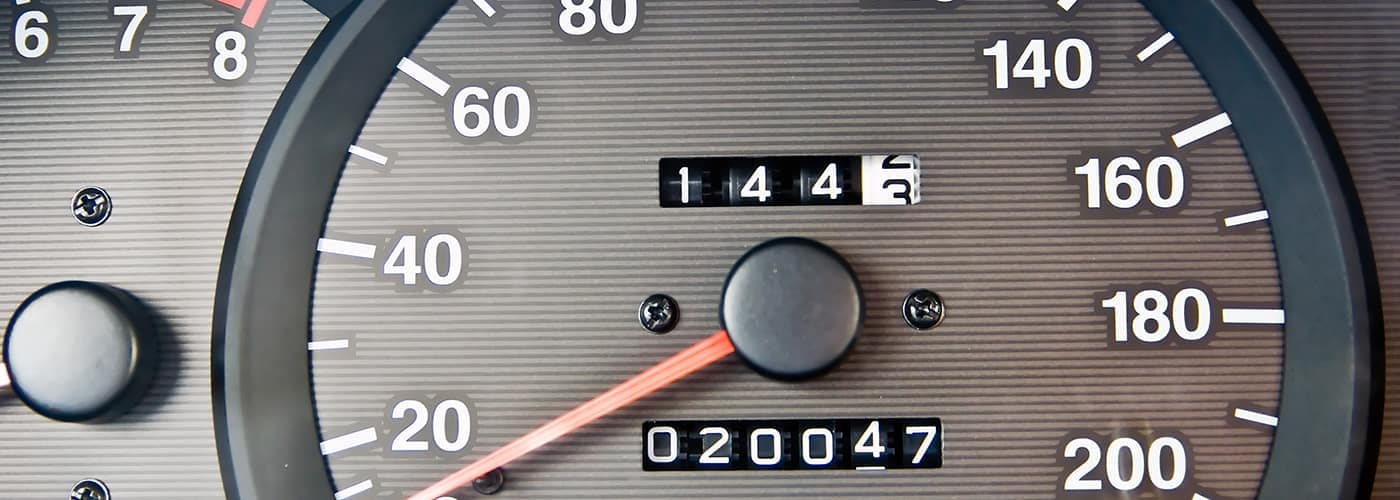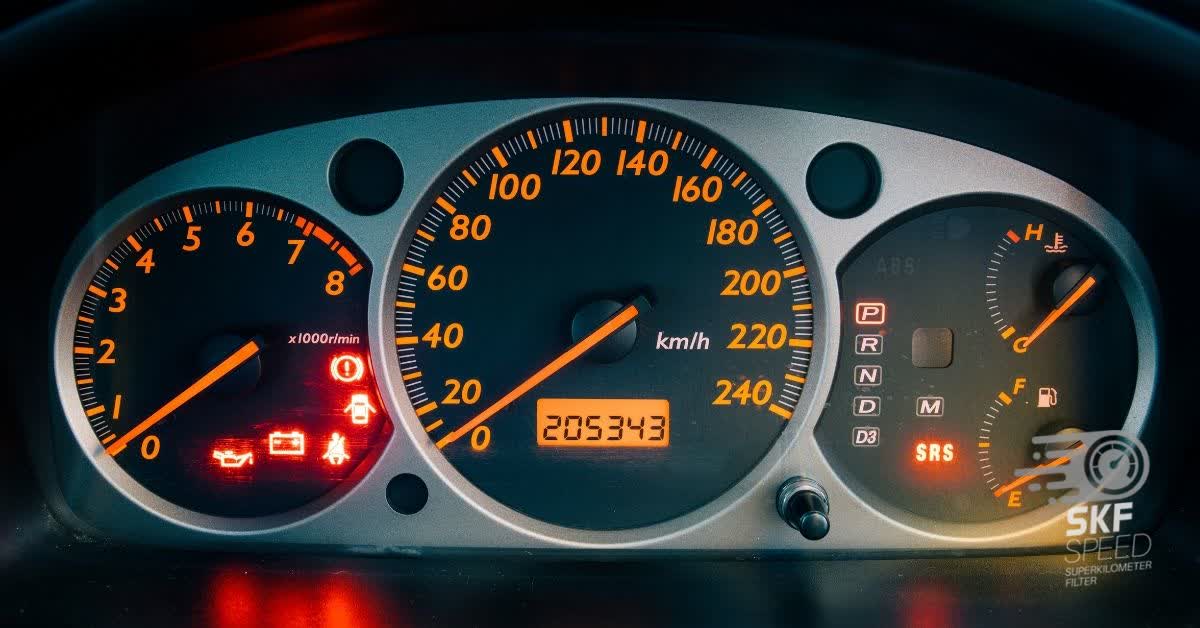Key Takeaways
| Mileage | Maintenance Tasks |
|---|---|
| 5,000 – 10,000 miles | Change oil and oil filter, rotate tires |
| 15,000 – 30,000 miles | Replace air filter, fuel filter, brake fluid, and coolant; inspect brakes, hoses, and belts |
| 35,000 – 50,000 miles | Replace battery, spark plugs, and brake pads; inspect exhaust system and suspension |
| 60,000 – 90,000 miles | Replace transmission fluid, timing belt, and hoses; inspect power steering system and HVAC system |
Introduction
Car maintenance is essential for keeping your vehicle in good condition and preventing major problems or breakdowns. By following a car maintenance schedule based on mileage, you can ensure that your car gets the proper care and attention it needs at regular intervals. This will also help you save money on repairs and improve your car’s resale value.
In this article, we will provide you with a comprehensive car maintenance by mileage guide that covers the most common and important tasks you should perform on your car. We will also explain why these tasks are necessary and how they can benefit your car’s performance and safety. By the end of this article, you will have a clear understanding of what to do and when to do it for your car maintenance.
Car Maintenance by Mileage: What to Do and Why

5,000 – 10,000 miles: Oil and Oil Filter Change, Tire Rotation
The first and most frequent car maintenance by mileage task you should do is changing the oil and oil filter. The oil lubricates the engine and prevents excessive wear and tear from friction and heat. The oil filter traps dirt, metal, and carbon particles that can damage the engine. Over time, the oil becomes dirty and loses its viscosity, while the oil filter becomes clogged and less effective. This can reduce the engine’s performance and fuel efficiency, and increase the risk of overheating and engine failure.
The recommended interval for changing the oil and oil filter depends on the type of oil you use and your driving habits. Generally, conventional oil should be changed every 3,000 to 5,000 miles, while synthetic oil can last between 5,000 and 10,000 miles. You should also check the oil level and condition regularly, at least once every two weeks and before any long road trips, using a dipstick.
Another car maintenance task you should do every 5,000 to 10,000 miles is rotating the tires. This means swapping the tires from front to back and from side to side, to ensure even wear and prolong the life of the treads. Rotating the tires can also improve the handling and stability of your car, as well as the fuel economy. You should also check the tire pressure and condition regularly, at least once a month and before any long road trips, using a tire gauge and a visual inspection. Under- or over-inflated tires can affect the braking, steering, and traction of your car, as well as increase the risk of blowouts and punctures.
15,000 – 30,000 miles: Air Filter, Fuel Filter, Brake Fluid, and Coolant Replacement; Brake, Hose, and Belt Inspection
The next car maintenance tasks you should do are replacing the air filter, fuel filter, brake fluid, and coolant. The air filter cleans the air that enters the engine, while the fuel filter cleans the fuel that enters the engine. Both filters prevent contaminants from entering the engine and affecting its performance and emissions. The brake fluid transfers the pressure from the brake pedal to the brake calipers, while the coolant transfers the heat from the engine to the radiator. Both fluids prevent the brake system and the engine from overheating and malfunctioning.
The recommended interval for replacing these filters and fluids varies depending on the type of car and the driving conditions. Generally, the air filter should be changed every 15,000 to 30,000 miles, especially if you drive in a dusty environment. The fuel filter should be changed every 25,000 to 30,000 miles, or according to the manufacturer’s suggestion. The brake fluid should be changed every 20,000 to 45,000 miles, or according to the manufacturer’s suggestion. The coolant should be changed every 30,000 miles, or according to the manufacturer’s suggestion.
In addition to replacing these filters and fluids, you should also inspect the brake system, the hoses, and the belts every 15,000 to 30,000 miles. The brake system consists of the brake pads, rotors, calipers, lines, and master cylinder. You should check the brake pads for wear and tear, and replace them if they are less than a quarter of an inch thick. You should also check the rotors for warping and cracking, and resurface or replace them if needed. You should also check the calipers for leaks and damage, and repair or replace them if needed. You should also check the brake lines for corrosion and leaks, and replace them if needed. You should also check the master cylinder for fluid level and leaks, and top up or replace it if needed.
The hoses and belts connect various parts of the engine and the cooling system, such as the water pump, the radiator, the alternator, the power steering pump, and the air conditioning compressor. You should check the hoses for cracks, bulges, and leaks, and replace them if needed. You should also check the belts for cracks, fraying, and tension, and replace them if needed.
35,000 – 50,000 miles: Battery, Spark Plug, and Brake Pad Replacement; Exhaust System and Suspension Inspection

The next car maintenance tasks you should do are replacing the battery, the spark plugs, and the brake pads. The battery provides the electrical power to start the engine and to run the lights, the radio, and other accessories. The spark plugs ignite the fuel-air mixture in the engine cylinders, creating the power to move the car. The brake pads press against the rotors, creating the friction to stop the car.
The recommended interval for replacing these parts depends on the type of car and the driving conditions. Generally, the battery should be replaced every 35,000 to 50,000 miles, or according to the manufacturer’s suggestion. You should also check the battery terminals and cables for corrosion and tightness, and clean or replace them if needed. The spark plugs should be replaced every 30,000 to 50,000 miles, or according to the manufacturer’s suggestion. You should also check the spark plug wires for wear and tear, and replace them if needed. The brake pads should be replaced every 10,000 to 20,000 miles, or according to the manufacturer’s suggestion. You should also check the brake rotors for warping and cracking, and resurface or replace them if needed.
In addition to replacing these parts, you should also inspect the exhaust system and the suspension every 35,000 to 50,000 miles. The exhaust system consists of the exhaust manifold, the catalytic converter, the muffler, and the tailpipe. It removes the harmful gases from the engine and reduces the noise and emissions. You should check the exhaust system for leaks, rust, and damage, and repair or replace it if needed. The suspension consists of the springs, the shocks, the struts, the control arms, the ball joints, and the tie rods. It supports the weight of the car and absorbs the bumps and vibrations from the road. You should check the suspension for wear and tear, and repair or replace it if needed.
60,000 – 90,000 miles: Transmission Fluid, Timing Belt, and Hose Replacement; Power Steering System and HVAC System Inspection

The last car maintenance tasks you should do are replacing the transmission fluid, the timing belt, and the hoses. The transmission fluid lubricates and cools the transmission, which transfers the power from the engine to the wheels. The timing belt synchronizes the movement of the engine valves and pistons, ensuring the proper combustion and compression. The hoses connect various parts of the engine and the cooling system, such as the water pump, the radiator, the alternator, the power steering pump, and the air conditioning compressor.
The recommended interval for replacing these parts depends on the type of car and the driving conditions. Generally, the transmission fluid should be changed every 60,000 to 90,000 miles, or according to the manufacturer’s suggestion. You should also check the transmission for leaks and damage, and repair or replace it if needed. The timing belt should be replaced every 60,000 to 90,000 miles, or according to the manufacturer’s suggestion. You should also check the timing belt tensioner and pulleys for wear and tear, and replace them if needed. The hoses should be replaced every 60,000 to 90,000 miles, or according to the manufacturer’s suggestion. You should also check the hoses for cracks, bulges, and leaks, and replace them if needed.
In addition to replacing these parts, you should also inspect the power steering system and the HVAC system every 60,000 to 90,000 miles. The power steering system consists of the power steering pump, the rack and pinion, the hoses, and the fluid. It helps you steer the car with less effort and more precision. You should check the power steering system for leaks and damage, and repair or replace it if needed. You should also check the power steering fluid level and condition, and top up or replace it if needed. The HVAC system consists of the heater, the air conditioner, the blower, the vents, and the refrigerant. It regulates the temperature and the airflow inside the car. You should check the HVAC system for leaks and damage, and repair or replace it if needed. You should also check the refrigerant level and pressure
and top up or replace it if needed.
Conclusion
Car maintenance by mileage is a simple and effective way to keep your car in good shape and avoid costly and dangerous problems. By following this guide, you can perform the most common and important car maintenance tasks at the right time and frequency. This will help you improve your car’s performance, fuel efficiency, safety, and resale value. Remember to always consult your owner’s manual for the specific recommendations for your car model and year, and to seek professional help if you encounter any issues or difficulties. Happy driving!

